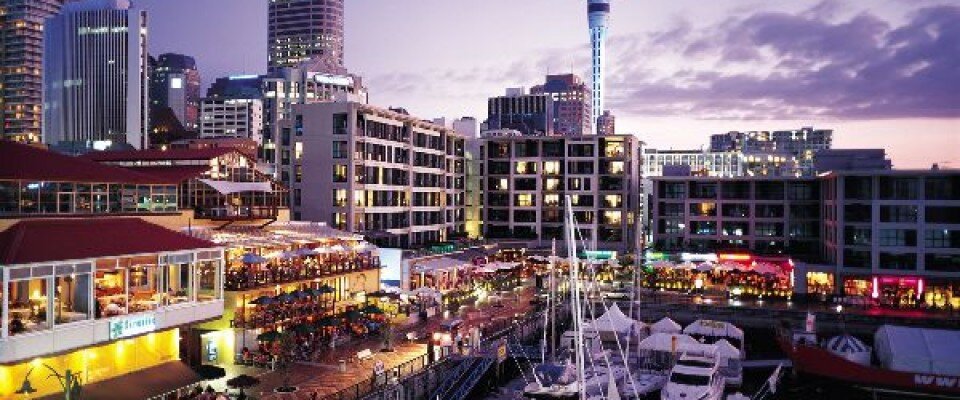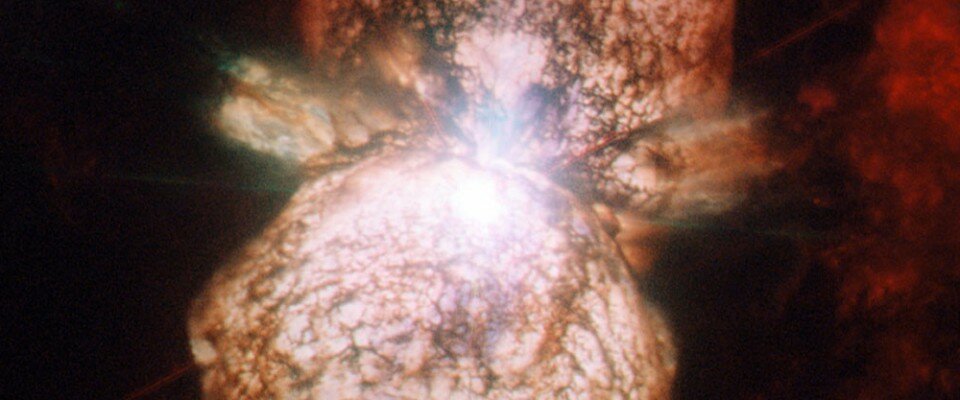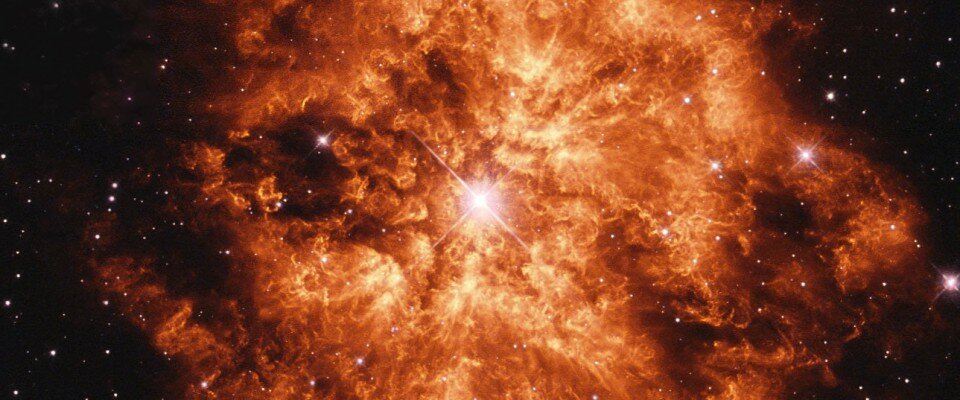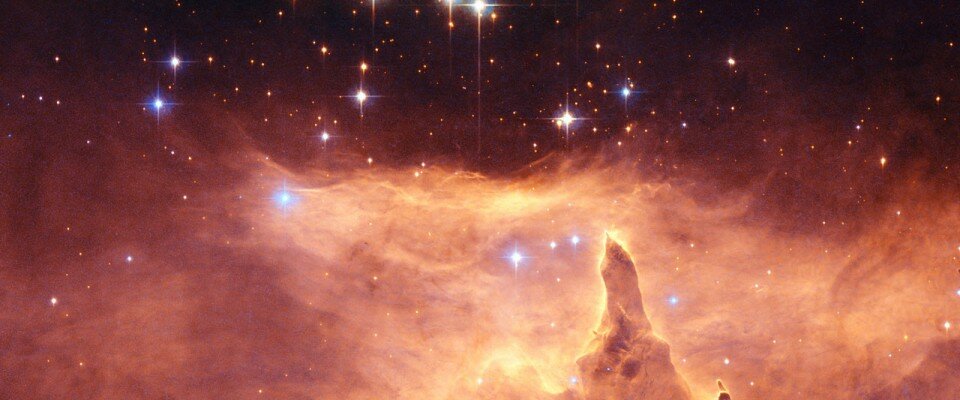NZstars2016 is the 10th IAU Symposia on Massive stars. It will be held from the 28th November to 2nd December 2016 in Auckland, one of the most vibrant, exciting and diverse cities on the Pacific Rim.
The meeting will summarize recent progress and establish stronger links between the massive star community and closely-linked fields, particularly those studying end stages of massive star evolution and massive star cosmic implications.
Topics to be covered:
• Death throes: supernovae, stellar deaths and progenitors
• Observations and surveys of massive stars: hot stars, cool stars, transition objects and binaries
• Theory of stellar evolution & atmospheres: beyond standard physics, rotation, duplicity, mass loss and magnetic fields and instabilities
• Massive stars and their supernovae as galactic building blocks and engines: Milky Way, nearby galaxies and the early Universe
Invited Speakers:
Rodolfo Barbá, Melina Bersten, Saida Caballero-Nieves, Morgan Fraser, Miriam Garcia, Cyril Georgy, Goetz Gräfener, Jose Groh, Stephen Justham, Emily Levesque, Georges Meynet, Shazrene Mohamed, Bernhard Müller, Ignacio Negureruela, Maria Fernanda Nieva, Keiichi Ohnaka, Hugues Sana, Andreas Sander, Sergio Simón-Díaz, Alicia Soderberg, Elizabeth Stanway, Miguel Urbaneja, Fed Bianco, Maryline Briquet & Andre-Nicholas Chené.
Travel, accommodation and support:
New Zealand is a significant distance to travel, particularly due to the location of the international date line causing many attendees to “lose-a-day” when travelling to the conference. We advise our most distant attendees to arrive two days early, if possible, but at least 1 day before the Monday morning, so they are able to enjoy the first full day of the conference.
The conference will be held at the “Spencer on Byron Hotel”. Rooms at the hotel can be booked directly at the hotel by downloading this form. Further details and alternative accommodation can be found here. It is possible for two or three people to share one room. We suggest attendees organise their own groups. We will attempt to provide a way to find roommates on the conference website shortly, this can also be done via the conference’s .
Discounted flights are available through our Official Airline Network, the Star Alliance.
We have limited funds from the IAU to provide support for attendees that have limited travel funding. Applications for this funding are now closed.
If you require a letter of invitation to visit New Zealand, you must first register for and pay all applicable registration fees. Details of how to apply for this letter are here.
Nationwide public symposium:
In the weekend following the conference, Dec 3rd, we are planning to run a large one day public symposium with as many speakers as possible talking about their latest research. We also hope to have these talks streamed live onto the internet and recorded so there is a lasting impact of the meeting in New Zealand. If you would like to be involved, or perhaps to travel to a city within New Zealand to give a talk please email and outline your previous outreach experience.
Splinter Meetings:
It may be possible to run a few splinter meetings during the conference in the evenings, or during the weekend after the main conference. If you would like to run a splinter meeting please email with a short outline of the topic, an estimated number of participants, and the names of organizers before the 30th May 2016.
Conference Excursions:
There are two optional excursions planned for the Wednesday afternoon of the conference. One is a trip to Rangitoto Island, the volcano that is visible from the hotel. This costs NZ$92 and lasts from 11.45am to approximately 5.15pm – includes round trip coach transfers (from the hotel to Ferry Terminal), Ferry to the island and tour escort. While it’s not a walk for the faint-hearted, it is family friendly. Make sure you arrive prepared – there are no shops or transport on the island and limited drinking water. Bring sunblock and a hat and wear comfortable walking shoes. Alternatively there is a trip to the Auckland War Memorial Museum which will cost NZ$77. The trip runs from 1.15pm to approximately 4.15pm – includes round trip coach transfers, tour guide and entry to museum.
Social Media:
The hashtag for the meeting is #NZstars2016. We have also setup a Facebook group for the meeting which can be found at:
In particular we plan to address the following topics:
– new results from large-scale surveys at different wavelengths and techniques for massive stars (e.g. influence of rotation, multiplicity fractions, asteroseismology, magnetic fields, high-energy detections, polarization, interferometry) and supernovae (e.g. relative rates of different types, peculiar new classes of events, most energetic and least luminous events)
– new observational techniques and instrumentation for massive stars (e.g. interferometry, astereoseismology) and supernovae (e.g. polarization and light echos)
– the link between massive stars and their deaths (core-collapse and other SNe and GRBs; progenitors of black holes, neutron stars and magnetars)
– short-lived phases of massive stars (LBVs, WRs and RSGs) and their characteristics as supernova progenitors
– constraints on the nucleosynthesis production in supernovae and the production of dust
– explosion mechanisms of supernovae and the parameters required for a successful explosion
– well established facts and open problems in our knowledge of massive stars, particularly in the so-thought well understood phases
– challenges to present theoretical models of interior and atmospheres; connecting interior and atmospheres; wind structure; episodic mass-loss mechanisms; binaries in interaction; gamma-ray production
– massive stars as astrophysical tools: tracing galaxies’ structure; tracers of star formation; feedback from massive stars; population synthesis; limits to our interpretation of the high-z Universe; cosmic reionization; first stars and galaxies.
NZstars2016 is dedicated to an equitable and harassment-free conference experience for everyone.
Check out photos from the conference





